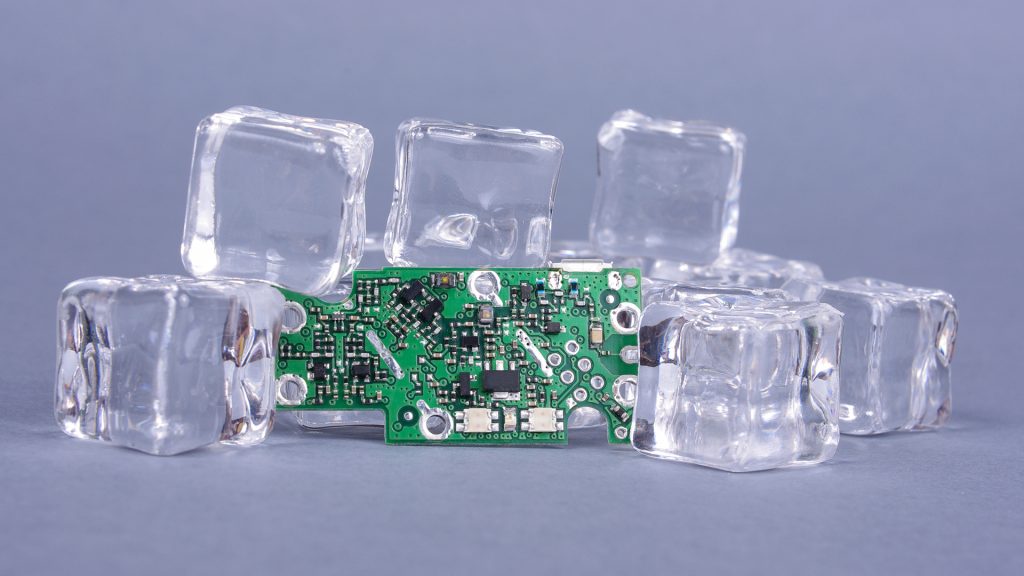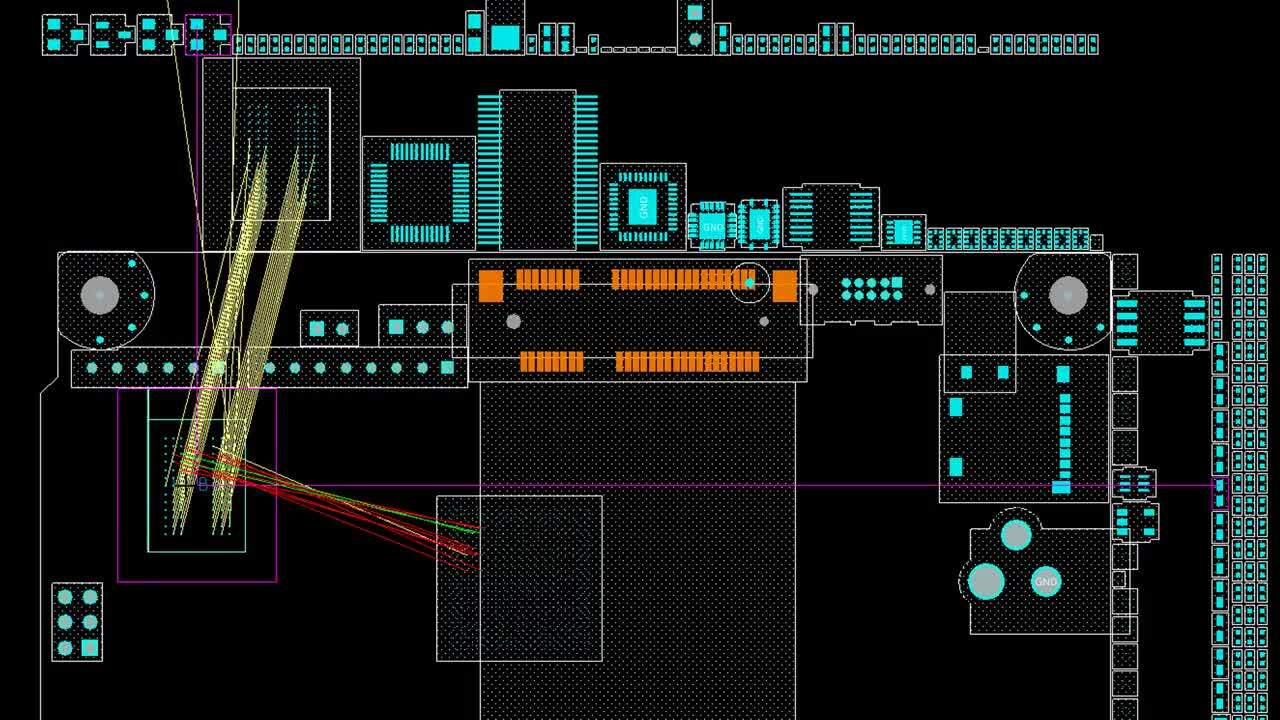In today’s world, the use of Printed Circuit Boards (PCBs) in electronic devices has become increasingly popular. As such, thermal management has become an important factor in ensuring the efficient operation and longevity of these systems.
This article will discuss some strategies that can be put into place to effectively dissipate heat from PCBs. It will cover topics such as material selection, system design considerations, and cooling techniques that can be used to ensure maximum efficiency while keeping temperatures low.
The aim is to provide readers with a better understanding of how best to manage their boards for optimal performance and safety.
Designing the PCB for Optimal Thermal Management
Designing the PCB for optimal thermal management involves considering several factors. The size of components and their placement within the board, as well as the choice of materials used to build it, are all important elements that affect heat dissipation.
In addition, understanding and controlling how much power each component on the board is using will help to reduce overall temperatures inside the system. Different designs can be employed such as providing extra space between components or adding a copper layer to improve cooling performance. Additionally, incorporating fans, heatsinks or other cooling solutions can also assist in keeping temperatures down and improving reliability over time.
Taking all these considerations into account when designing a PCB helps ensure optimal thermal management while maintaining reliable operation under various conditions.
Utilizing Thermal Vias to Conduct Heat Away from Components

Using thermal vias to conduct heat away from components is an effective way of managing rising temperatures in printed circuit boards (PCBs). Thermal vias are metal-filled holes that create a direct link between two layers of the PCB.
The heat generated by components on one side of the board can travel through these vias and be dissipated on the other side. This allows for more efficient distribution and dissipation of heat.
Thermal vias also allow engineers to manage heat easily, as they can be placed wherever needed throughout the PCB, allowing them to quickly identify areas where additional cooling measures may be necessary. Additionally, thermal vias provide increased rigidity and structural integrity which prevents damage from flexing caused by high temperatures or vibrations.
With proper planning and implementation, utilizing thermal technology in your PCB design can help ensure that all components remain within their safe operating temperature range while providing you with greater flexibility when designing your board layout.
Incorporating Materials with High Thermal Conductivity into Your Design
Incorporating materials with high thermal conductivity into PCB design is an important part of ensuring effective heat dissipation. Thermal management is essential for keeping electronic components from overheating and incurring damage, so when designing a board it’s important to consider the type of material used for the substrate.
Materials like copper or aluminum have excellent thermal conductivity properties, allowing them to efficiently dissipate heat away from critical areas on the board and prolong its lifespan. In addition, there are a variety of other materials such as graphite composites or thermally-conductive ceramics that can also be included to further improve heat transfer capabilities. When constructing a board with these materials, keep in mind how your layout will affect cooling performance; higher current densities require more efficient pathways for moving heat away from sensitive areas on the board.
Additionally, pay attention to any potential airflow restrictions that could impede cooling efficiency. Finally, make sure all components are properly mounted and insulated so they don’t overheat due to poor contact with their heatsinks or other surfaces—this is especially true of large packages like BGAs which typically need additional layers beneath them to ensure proper insulation and even distribution of temperature throughout the componentry.
Analyzing Component Placement to Maximize Airflow Efficiency

When it comes to thermal management in PCBs, one of the most important strategies for effective heat dissipation is analyzing component placement. By carefully placing components on the board, designers can ensure that airflows are maximized and cooled more efficiently.
To do this, engineers must have a thorough understanding of how different components interact with each other when placed in various positions. It is also important to consider factors such as board size and shape, material selection, power supply voltage levels, and current densities.
Some common techniques used include creating vias or pads between two opposing edges of thermally sensitive parts; using wider traces where possible; adding thermal isolation layers; and utilizing thicker boards or multiple layers of copper. By implementing these practices during design time, designers can help guarantee efficient cooling performance throughout the lifetime of their product.
Conclusion
The thermal management of printed circuit boards (PCBs) is an important factor in the design and operation of any electronic system. With advancements in technology, PCBs are becoming smaller, more efficient, and faster, which can mean the need for better heat dissipation strategies.
By taking into account factors such as component placement, airflow optimization, heat sinks, or even Flexible PCB for areas that require high flexibility with minimal thermal resistance; engineers can ensure their systems operate properly over long periods without failure due to excessive heat buildup. Ultimately it’s up to the designer to consider every aspect when designing a board for optimal performance while avoiding thermal issues.


